Home>Garden Essentials>How To Prepare Milk Thistle Seeds
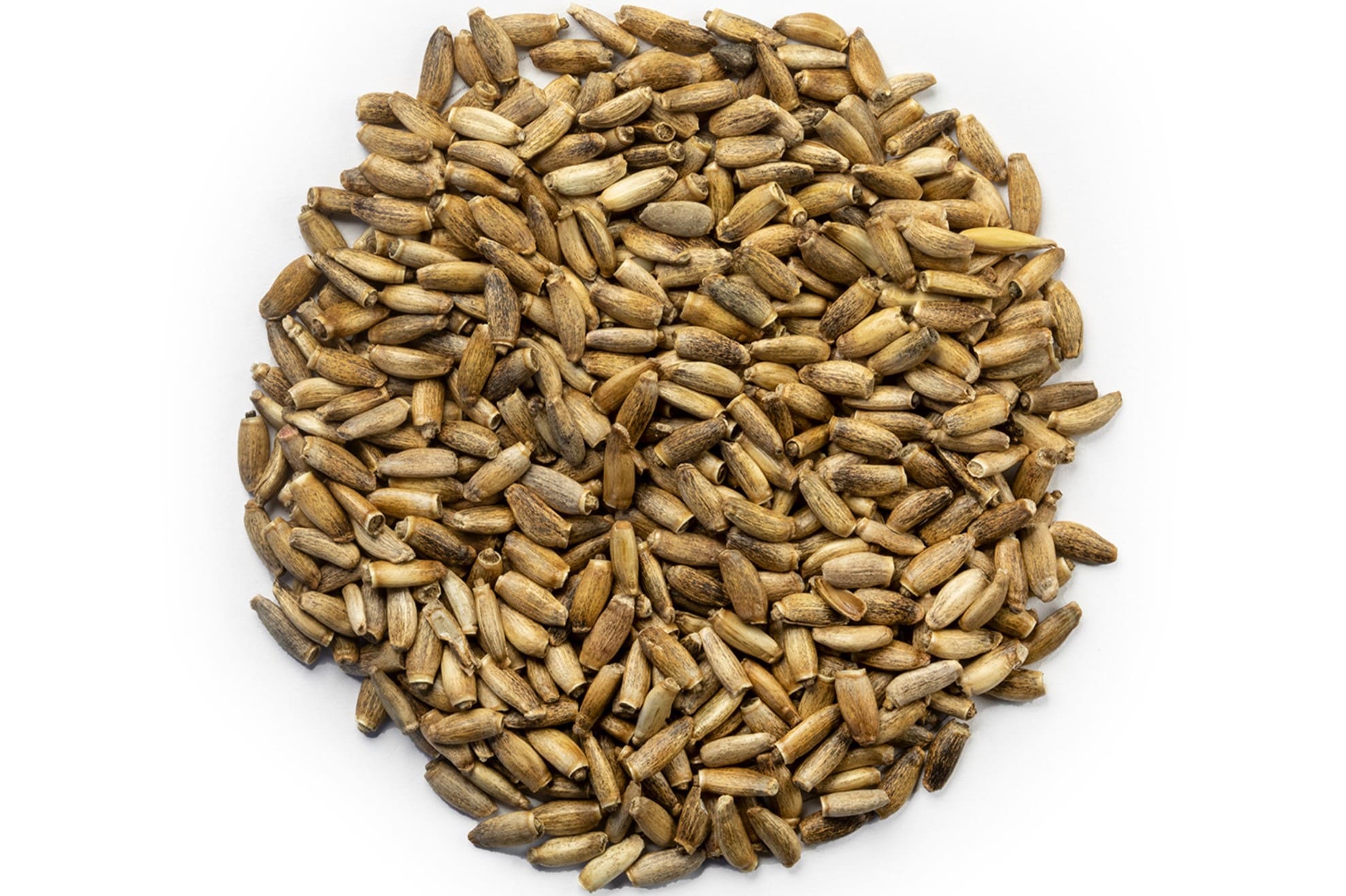

Garden Essentials
How To Prepare Milk Thistle Seeds
Modified: March 15, 2024
Learn how to prepare milk thistle seeds for your garden, including tips for planting, growing, and harvesting.
(Many of the links in this article redirect to a specific reviewed product. Your purchase of these products through affiliate links helps to generate commission for Storables.com, at no extra cost. Learn more)
Introduction
Welcome to the world of milk thistle seeds! These tiny powerhouses of nutrition are not only delicious, but they also offer a multitude of health benefits. Whether you’re a seasoned chef or a home cook looking to explore new ingredients, milk thistle seeds are a fantastic addition to your pantry.
Milk thistle, also known as Silybum marianum, is a flowering plant that has been traditionally used for its medicinal properties. It is native to the Mediterranean region and has a long history of being cultivated for various purposes. The seeds, in particular, are highly valued for their potent antioxidant and anti-inflammatory properties.
So, why should you incorporate milk thistle seeds into your diet? Well, for starters, these tiny seeds are packed with beneficial compounds that promote liver health. Milk thistle seeds contain a flavonoid called silymarin, which is renowned for its ability to protect and support liver function. This makes milk thistle seeds a natural detoxifier and a great addition to any cleanse or detox regimen.
Additionally, milk thistle seeds are a rich source of antioxidants, which help combat oxidative stress and free radicals in the body. The high antioxidant content of milk thistle seeds may contribute to their potential anti-aging effects and the promotion of overall wellness.
Furthermore, milk thistle seeds may have a positive impact on cholesterol levels. Studies suggest that the active compounds in milk thistle seeds, such as silymarin, may help lower LDL (bad) cholesterol levels while increasing HDL (good) cholesterol levels. This makes milk thistle seeds a heart-healthy ingredient to include in your meals.
Now that you understand the numerous benefits of milk thistle seeds, let’s explore how to choose, prepare, and incorporate them into your culinary creations. Whether you’re adding them to smoothies, baking delicious treats, or using them as a crunchy topping for salads, milk thistle seeds can add a unique and nutrient-packed element to your dishes.
Key Takeaways:
- Milk thistle seeds offer numerous health benefits, from supporting liver health to boosting antioxidant levels and promoting digestive health.
- When choosing milk thistle seeds, opt for organic varieties, properly clean and prepare them, and consider soaking and grinding for enhanced flavor and digestibility.
Read more: How To Use Milk Thistle Seeds For Tea
Benefits of Milk Thistle Seeds
Milk thistle seeds are a true superfood filled with an array of health-promoting benefits. From supporting liver health to boosting antioxidant levels, incorporating milk thistle seeds into your diet can have a positive impact on your overall well-being. Here are some of the key benefits of consuming milk thistle seeds:
- Liver Support: Milk thistle seeds are renowned for their ability to support liver health. The active compound, silymarin, found in milk thistle seeds has antioxidant and anti-inflammatory properties that promote liver cell regeneration and protect against liver damage caused by toxins, alcohol, or certain medications.
- Detoxification: The potent detoxifying properties of milk thistle seeds make them an excellent addition to any cleanse or detox regimen. The compounds in milk thistle seeds help to flush out toxins from the body, promoting overall health and well-being.
- Antioxidant Powerhouse: Milk thistle seeds are packed with antioxidants that help fight against free radicals and oxidative stress in the body. These antioxidants can help reduce inflammation and slow down the aging process, promoting healthier skin and overall cellular health.
- Cholesterol Regulation: Studies suggest that milk thistle seeds may have a positive effect on cholesterol levels. The active compounds in these seeds can help lower LDL (bad) cholesterol levels while increasing HDL (good) cholesterol levels, contributing to heart health.
- Supports Digestive Health: Milk thistle seeds can help improve digestion and alleviate common digestive issues such as indigestion, bloating, and constipation. The seeds have a mild laxative effect and can help regulate bowel movements.
- Boosts Immune System: The immune-boosting properties of milk thistle seeds make them beneficial for the prevention and management of various illnesses. The antioxidants and anti-inflammatory compounds in these seeds help strengthen the immune system, protecting against common infections and diseases.
- Promotes Weight Loss: Including milk thistle seeds in a balanced diet can aid in weight loss efforts. These seeds are low in calories and high in fiber, making them a satiating and nutritious addition to meals. The fiber content also helps regulate blood sugar levels and prevent spikes in insulin, aiding in weight management.
- Supports Skin Health: The antioxidant properties of milk thistle seeds can benefit the skin by reducing inflammation, promoting a healthy complexion, and helping to alleviate skin conditions such as acne, eczema, and psoriasis.
These are just a few of the many benefits that milk thistle seeds offer. By incorporating these nutrient-rich seeds into your diet, you can support your liver, boost your immune system, and promote overall wellness. Plus, they add a unique and delicious flavor to a variety of dishes, making them a versatile ingredient to have on hand in your kitchen.
Choosing and Purchasing Milk Thistle Seeds
When it comes to choosing and purchasing milk thistle seeds, there are a few factors to consider to ensure you bring home the highest quality product. Here are some tips to help you make the best decision:
- Look for Organic Certification: Opt for milk thistle seeds that are certified organic. Organic certification ensures that the seeds have been grown without the use of synthetic pesticides, herbicides, or genetically modified organisms (GMOs). This ensures a higher level of purity and reduces the risk of exposure to harmful chemicals.
- Check for Freshness: It’s important to choose fresh milk thistle seeds for optimal taste and nutrient content. Look for seeds that have a vibrant, dark color and a pleasant aroma. Avoid seeds that appear dull or have a rancid smell, as this may indicate that they are past their prime.
- Buy from Reputable Sources: Purchase milk thistle seeds from trusted and reputable sources, such as health food stores, specialty markets, or reputable online retailers. These sources are more likely to stock high-quality products that meet safety and quality standards.
- Consider Whole Seeds or Ground: Milk thistle seeds are available in both whole and ground forms. Whole seeds can be easily ground at home using a coffee grinder or mortar and pestle. However, if you prefer the convenience of ready-to-use seeds, you can opt for pre-ground milk thistle seeds.
- Check Packaging and Expiration Date: Ensure that the milk thistle seeds you purchase are well-packaged and properly sealed to maintain freshness. Additionally, check the expiration date to ensure that the seeds are within their recommended shelf life.
- Compare Prices and Sizes: Take the time to compare prices and sizes of different milk thistle seed brands or suppliers. This can help you find the best value for your money and ensure that you’re getting a fair price for the product.
- Consider Sustainable and Fair Trade Options: If it’s important to you, look for milk thistle seeds that are sourced sustainably and are part of fair trade initiatives. This ensures that the farmers and workers involved in the production process are treated ethically and receive fair compensation for their work.
By keeping these tips in mind when choosing and purchasing milk thistle seeds, you can ensure that you’re getting a high-quality, organic product that is both delicious and nutritious. Now that you’ve selected the perfect seeds, let’s move on to the next step: cleaning and preparing them for culinary use!
Cleaning and Preparing Milk Thistle Seeds
Before you can enjoy the deliciousness of milk thistle seeds, it’s important to properly clean and prepare them. Follow these steps to ensure that your seeds are ready for culinary use:
- Remove any Debris: Start by examining the milk thistle seeds for any debris or impurities. Remove any visible dirt, plant debris, or foreign objects that may have found their way into the seeds.
- Rinse the Seeds: Rinse the milk thistle seeds under cool running water. This will help remove any remaining dirt or impurities that may be clinging to the seeds.
- Dry the Seeds: After rinsing, spread the seeds out on a clean kitchen towel or paper towel to dry. Pat them gently to remove excess moisture.
- Inspect for Consistency: Once the seeds are dry, carefully examine them to ensure they are uniform in size and shape. Discard any seeds that appear discolored, cracked, or damaged.
- Optional: Toasting the Seeds: If desired, you can toast the milk thistle seeds to enhance their flavor. Heat a dry skillet over medium heat and add the seeds. Toast them for a few minutes, stirring occasionally until they become fragrant and lightly browned.
- Cool and Store: Allow the toasted seeds to cool completely before transferring them to an airtight container for storage. Store in a cool, dry place away from direct sunlight to maintain their freshness and flavor.
Once you have properly cleaned and prepared your milk thistle seeds, you’re ready to incorporate them into a variety of culinary creations. But before we delve into the many delicious ways to use these seeds, let’s explore an additional step that can enhance their nutritional content: soaking!
Soaking Milk Thistle Seeds
Soaking milk thistle seeds is an optional step that can enhance their texture and maximize their nutritional benefits. By soaking the seeds, you soften their outer layer, making them easier to digest and allowing your body to better absorb their nutrients. Here’s how to soak milk thistle seeds:
- Measure the Seeds: Start by measuring the desired amount of milk thistle seeds for soaking. Keep in mind that the seeds will absorb water and increase in volume, so plan accordingly.
- Place in a Bowl: Transfer the measured seeds to a bowl or container. Make sure to use a container that is large enough to accommodate the seeds and allow room for expansion.
- Add Filtered Water: Pour enough filtered water over the seeds to fully submerge them. It’s best to use filtered water to avoid any potential contaminants.
- Allow to Soak: Leave the seeds to soak for at least 4 to 6 hours, or overnight for best results. Soaking times may vary depending on personal preference and desired texture.
- Drain and Rinse: After the soaking period, drain the water from the seeds and rinse them thoroughly under cool running water. This helps remove any residue or bitterness that may have accumulated during the soaking process.
- Use as Desired: Once the milk thistle seeds are soaked, drained, and rinsed, they are ready to be used in your favorite recipes. Whether you add them to smoothies, sprinkle them on top of salads, or incorporate them into baked goods, soaked milk thistle seeds provide a delightful texture and a boost of nutrition.
While soaking milk thistle seeds is not mandatory, it can help unlock their full potential and improve their digestibility. Soaking also enhances their versatility in recipes and allows for easier incorporation into various dishes. Now that you have soaked and prepared milk thistle seeds, let’s explore the different ways you can utilize them in your culinary creations.
Soak milk thistle seeds in water for 12-24 hours before consuming or grinding them. This helps to release their beneficial compounds and make them easier to digest.
Read more: What Bird Eats Thistle Seed
Grinding Milk Thistle Seeds
Grinding milk thistle seeds is a popular method to unlock their full flavor and nutritional benefits. When the seeds are ground, their oils and compounds are released, intensifying their taste and making them easier to incorporate into recipes. Here’s how to grind milk thistle seeds:
- Choose a Grinding Method: There are several ways to grind milk thistle seeds, depending on the equipment you have available. Common methods include using a coffee grinder, mortar and pestle, or a spice grinder.
- Prepare the Equipment: Before grinding, make sure your chosen equipment is clean and dry. If using a coffee grinder or spice grinder, consider grinding a small amount of rice first to remove any residual odors or flavors.
- Measure the Seeds: Determine the desired amount of milk thistle seeds you need to grind. It’s best to grind them in small batches to ensure even and consistent results.
- Grind the Seeds: Place the measured seeds in the grinder of your choice and secure the lid tightly. Pulse the grinder in short bursts until the seeds are finely ground to your desired consistency. If using a mortar and pestle, grind the seeds in a circular motion, exerting even pressure on the seeds.
- Sift (Optional): If you prefer a smoother texture, you can sift the ground milk thistle seeds through a fine-mesh sieve to remove any larger pieces or debris.
- Store the Ground Seeds: Transfer the freshly ground milk thistle seeds to an airtight container, preferably one that is opaque and kept in a cool, dark place. This will help preserve the flavor and quality of the ground seeds.
Once the milk thistle seeds are ground, you can incorporate them into a wide variety of recipes. From adding them to smoothies, oatmeal, or yogurt, to using them as a flavorful and nutritious addition to baked goods and savory dishes, ground milk thistle seeds offer endless culinary possibilities.
Now that you’ve learned how to properly grind milk thistle seeds, let’s move on to the next essential step: storing them to ensure their freshness and longevity.
Storing Milk Thistle Seeds
Proper storage is key to maintaining the freshness and quality of milk thistle seeds. By storing them correctly, you can ensure that they retain their flavor, texture, and nutritional benefits for an extended period. Here are some guidelines for storing milk thistle seeds:
- Choose the Right Container: Transfer the milk thistle seeds to an airtight container that is opaque and has a tight-fitting lid. This helps protect the seeds from moisture, light, and air, which can degrade their quality over time.
- Keep in a Cool, Dark Place: Store the container of milk thistle seeds in a cool, dark place, such as a pantry or cupboard. Avoid placing them near sources of heat or in direct sunlight, as exposure to light and warmth can accelerate spoilage.
- Avoid Excessive Temperature Changes: Fluctuations in temperature can negatively impact the quality of milk thistle seeds. Aim to store them in a place with a consistent temperature to maintain their freshness and prevent moisture buildup.
- Date and Label the Container: To keep track of the freshness of your milk thistle seeds, write the date of purchase or the date of storage on the container. This will help you keep track of their shelf life and ensure you use them before they lose their potency.
- Monitor and Rotate: Regularly check the container of milk thistle seeds for any signs of spoilage, such as a rancid smell or mold. If you notice any issues, discard them immediately and replace them with fresh seeds. To ensure the oldest seeds are used first, consider implementing a first-in, first-out rotation system.
- Consider Refrigeration or Freezing: If you live in a particularly hot or humid climate or if you anticipate not using the milk thistle seeds for an extended period, you can extend their shelf life by storing them in the refrigerator or freezer. Wrap the container tightly in a zip-top bag or foil to protect them from moisture and freezer burn.
By following these storage guidelines, you can preserve the freshness and quality of milk thistle seeds, ensuring that they remain flavorful and nutritious for as long as possible. Now that you know how to properly store the seeds, let’s move on to the exciting part: using them in your culinary creations!
Using Milk Thistle Seeds in Culinary Creations
Milk thistle seeds are a versatile ingredient that can add a delightful nutty flavor and a nutritional boost to a wide range of culinary creations. Here are some creative and delicious ways to incorporate milk thistle seeds into your recipes:
- Smoothies and Juices: Add a tablespoon of ground milk thistle seeds to your favorite smoothie or juice for an extra dose of antioxidants and fiber. They blend well with fruits, vegetables, and your choice of liquid.
- Baking: Sprinkle whole or ground milk thistle seeds onto bread, muffins, cookies, or cakes to add a crunchy texture and a nutty flavor. You can also incorporate the seeds into homemade granola bars or energy balls for a nutritious snack.
- Sprinkled Toppings: Sprinkle whole or ground milk thistle seeds on top of salads, grain bowls, yogurt, or oatmeal to add a nutritional boost and a pleasant crunch. They can also be mixed into salad dressings or used as a topping for roasted vegetables.
- Infused Oils and Vinegars: Create flavored oils or vinegars by infusing them with milk thistle seeds. Simply combine the seeds with your choice of oil or vinegar in a clean, glass container and let them infuse for a few weeks. Strain the seeds before using the infused oil or vinegar in dressings, marinades, and sauces.
- Herbal Tea Blend: Combine milk thistle seeds with other herbal ingredients like chamomile, peppermint, or lemon balm to create a soothing and healthful herbal tea. Steep the seeds in hot water for a few minutes, strain, and enjoy.
- Spice Blends: Grind milk thistle seeds with other spices like cumin, coriander, or fennel seeds to create a unique and flavorful spice blend. Use the blend to season roasted vegetables, meats, or add it to marinades or rubs.
- Dairy-Free Milk Alternative: Make your own dairy-free milk by blending soaked and strained milk thistle seeds with water. This homemade milk can be used as a creamer in coffee or tea or added to recipes that call for milk.
- Culinary Garnish: Sprinkle whole milk thistle seeds on top of soups, stews, or stir-fries as a decorative and nutritious garnish. They add an interesting visual appeal and provide a burst of flavor.
Remember to experiment and have fun with milk thistle seeds in the kitchen. They have a mild, nutty flavor that complements a variety of dishes. Be sure to adjust the quantity of seeds according to your personal preference and taste.
With these ideas in mind, you can now embark on a culinary adventure and explore the many ways to incorporate milk thistle seeds into your favorite recipes. Get creative, and enjoy the unique flavor and nutritional benefits these tiny seeds have to offer!
Finally, armed with your newfound knowledge on using milk thistle seeds, you’re well-equipped to unleash your culinary creativity and incorporate this nutritious ingredient into your dishes. Enjoy the delicious flavors and health benefits that milk thistle seeds have to offer!
Conclusion
Incorporating milk thistle seeds into your culinary repertoire is a wonderful way to enhance both the flavor and nutritional value of your meals. These tiny seeds offer a multitude of health benefits, from supporting liver health and boosting antioxidant levels to promoting digestive health and regulating cholesterol levels.
When choosing and purchasing milk thistle seeds, opt for organic varieties to ensure a higher level of purity. Look for seeds that are fresh, free of debris, and properly packaged. Properly cleaning and preparing the seeds is essential to remove any impurities, ensuring their quality and safety.
If you prefer a softer texture and improved digestibility, consider soaking the milk thistle seeds before use. Grinding the seeds unlocks their full flavor potential and makes them easier to incorporate into your favorite recipes.
Store milk thistle seeds in a cool, dark place in airtight containers to maintain their freshness and nutritional benefits. Regularly check for signs of spoilage and rotate your supply to ensure you’re using the oldest seeds first.
To unleash the culinary potential of milk thistle seeds, try incorporating them into smoothies, baked goods, salads, and as a topping for various dishes. They can also be used to infuse oils and vinegars, create unique spice blends, or even make your own dairy-free milk alternative.
In conclusion, milk thistle seeds are not only a delicious and versatile ingredient but also offer a plethora of health benefits. By incorporating them into your diet, you can support your liver, boost your immune system, and promote overall wellness. Get creative in the kitchen and enjoy the wonderful flavors and nutritional advantages that milk thistle seeds provide!
Frequently Asked Questions about How To Prepare Milk Thistle Seeds
Was this page helpful?
At Storables.com, we guarantee accurate and reliable information. Our content, validated by Expert Board Contributors, is crafted following stringent Editorial Policies. We're committed to providing you with well-researched, expert-backed insights for all your informational needs.
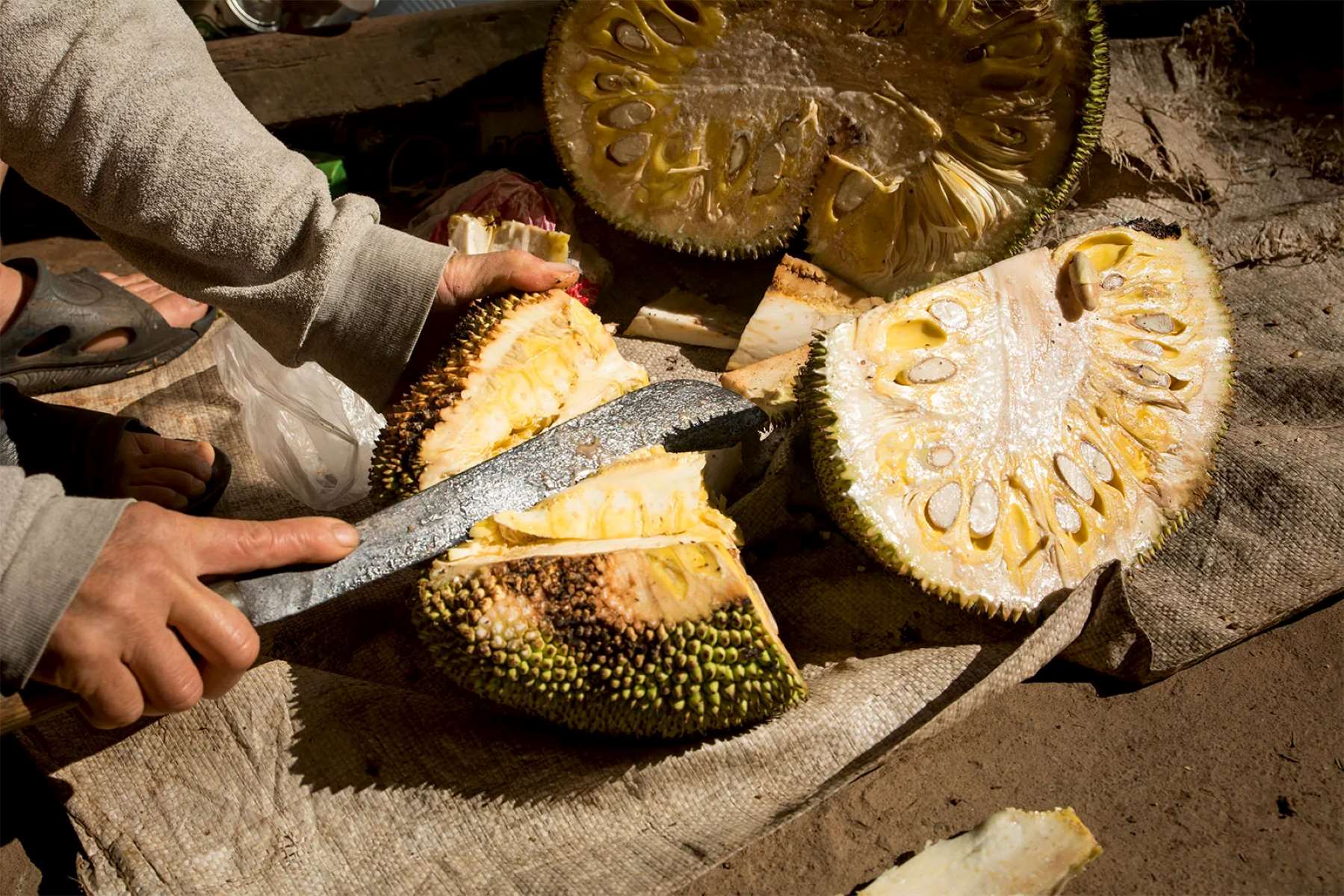
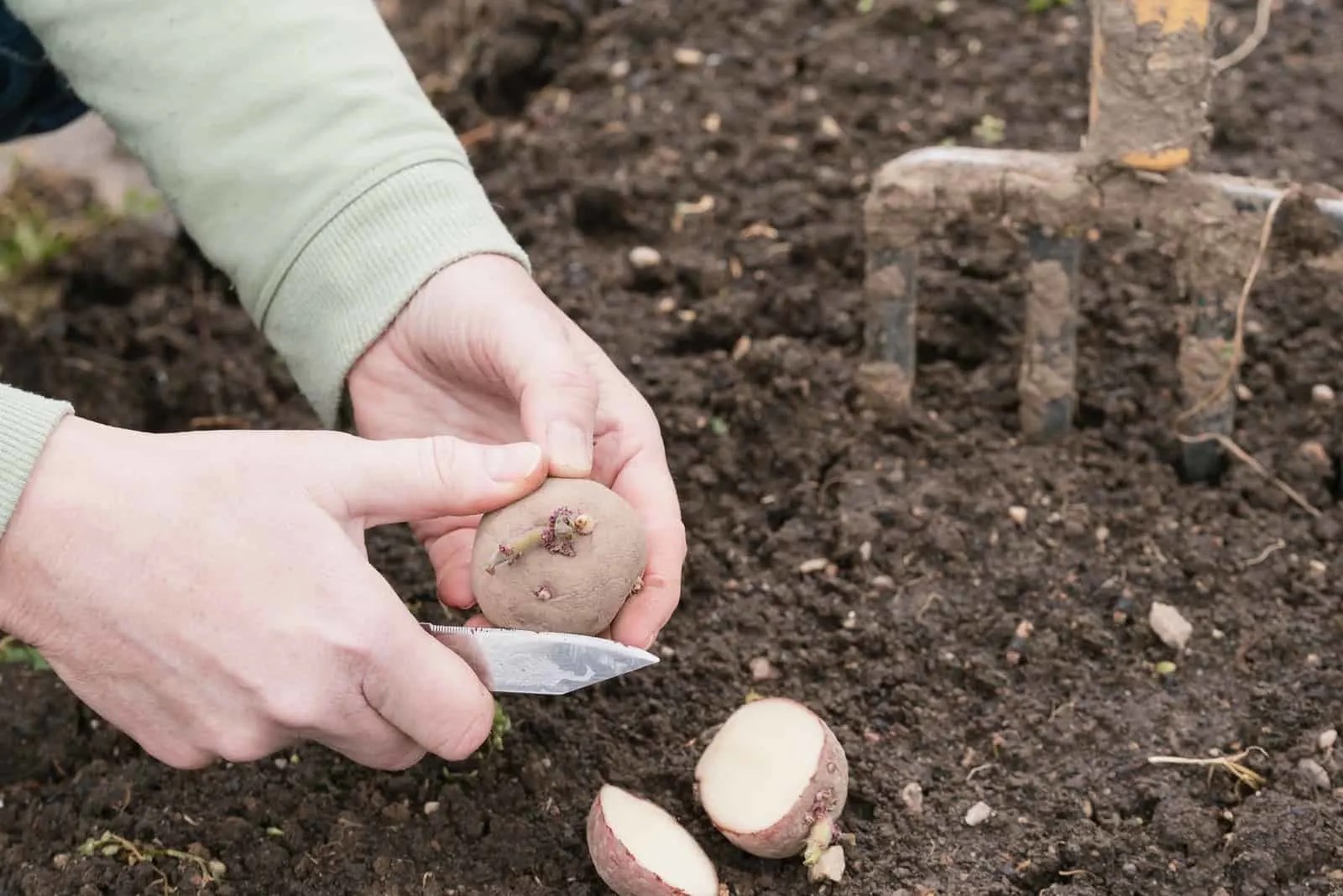

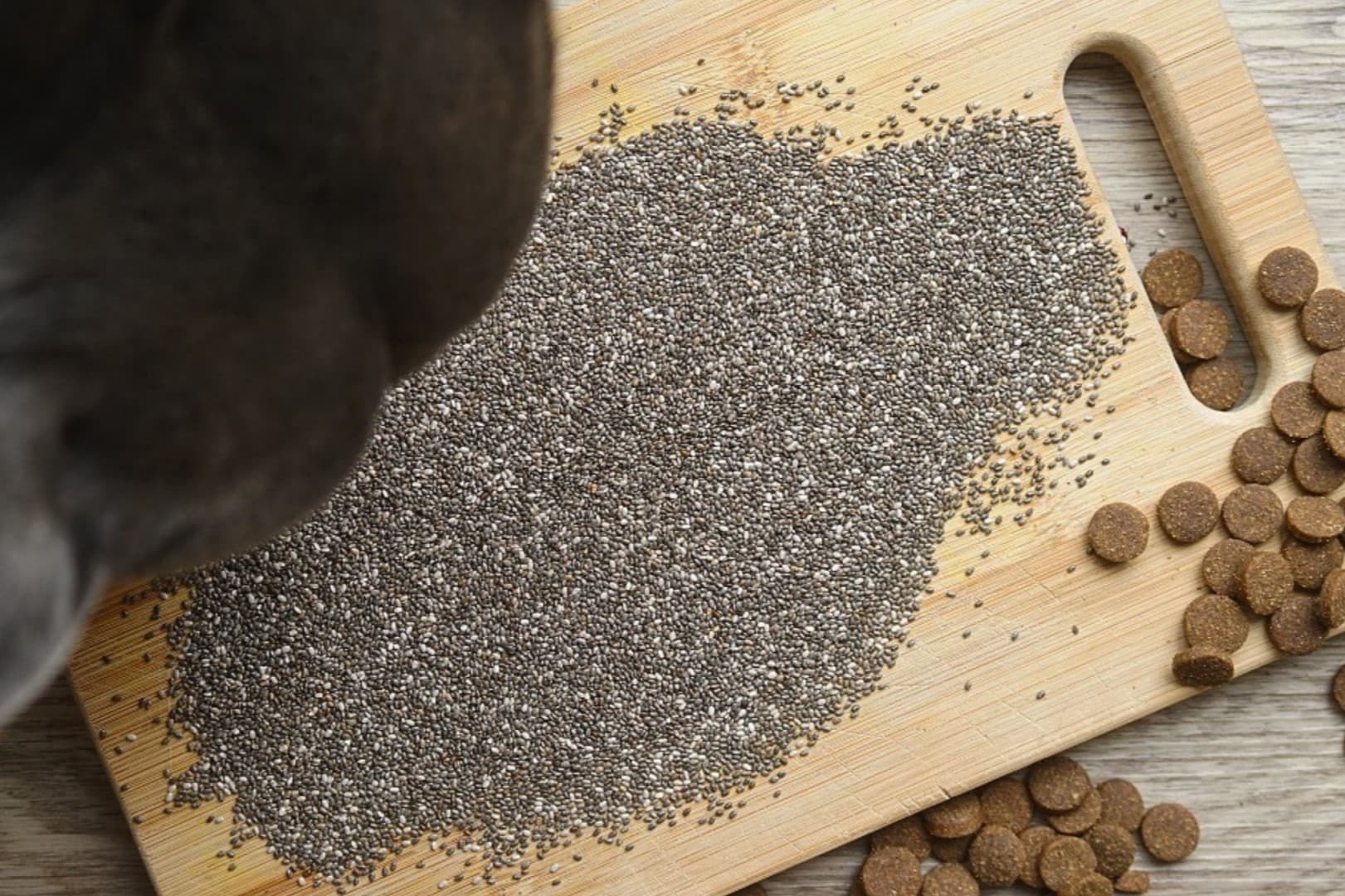
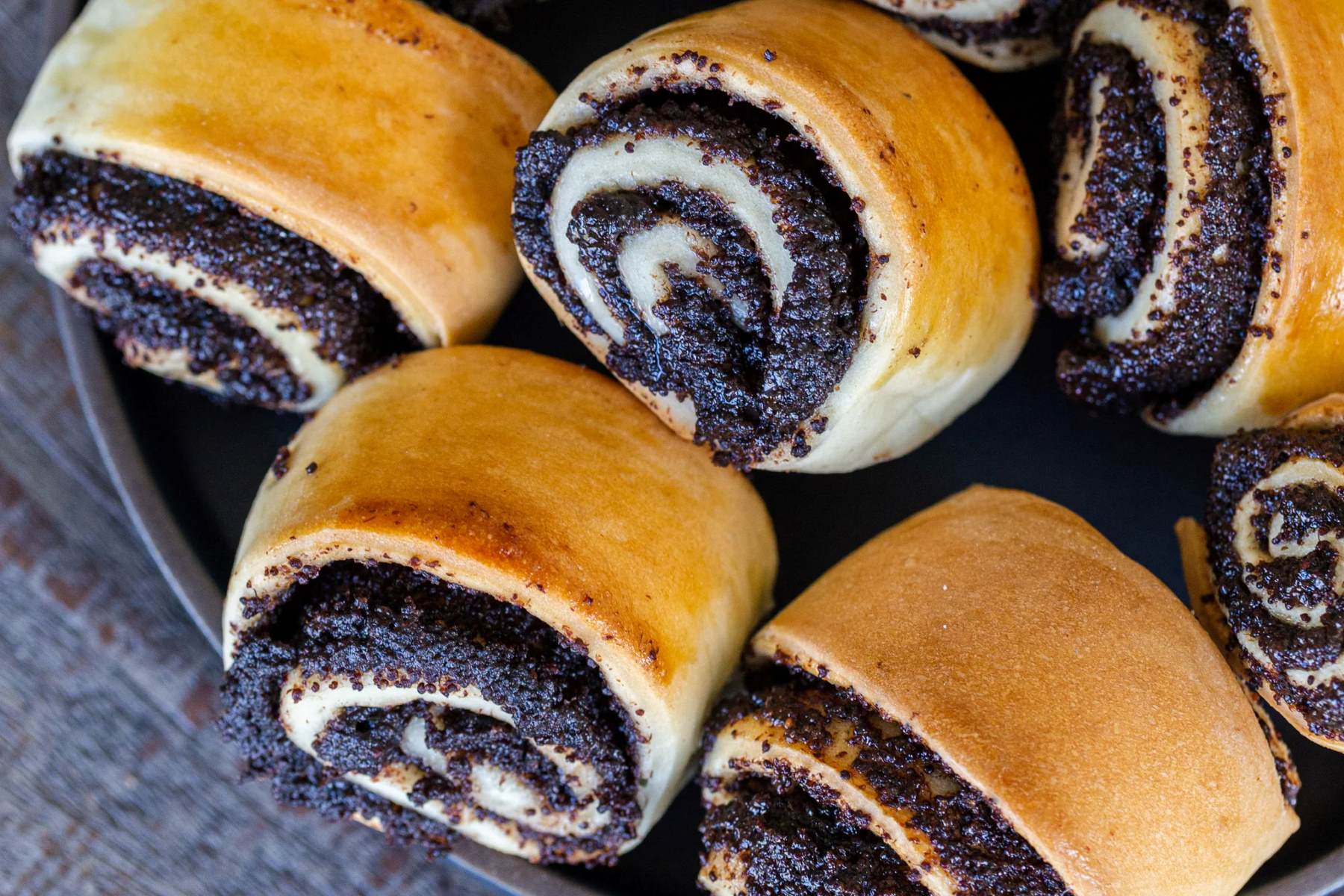
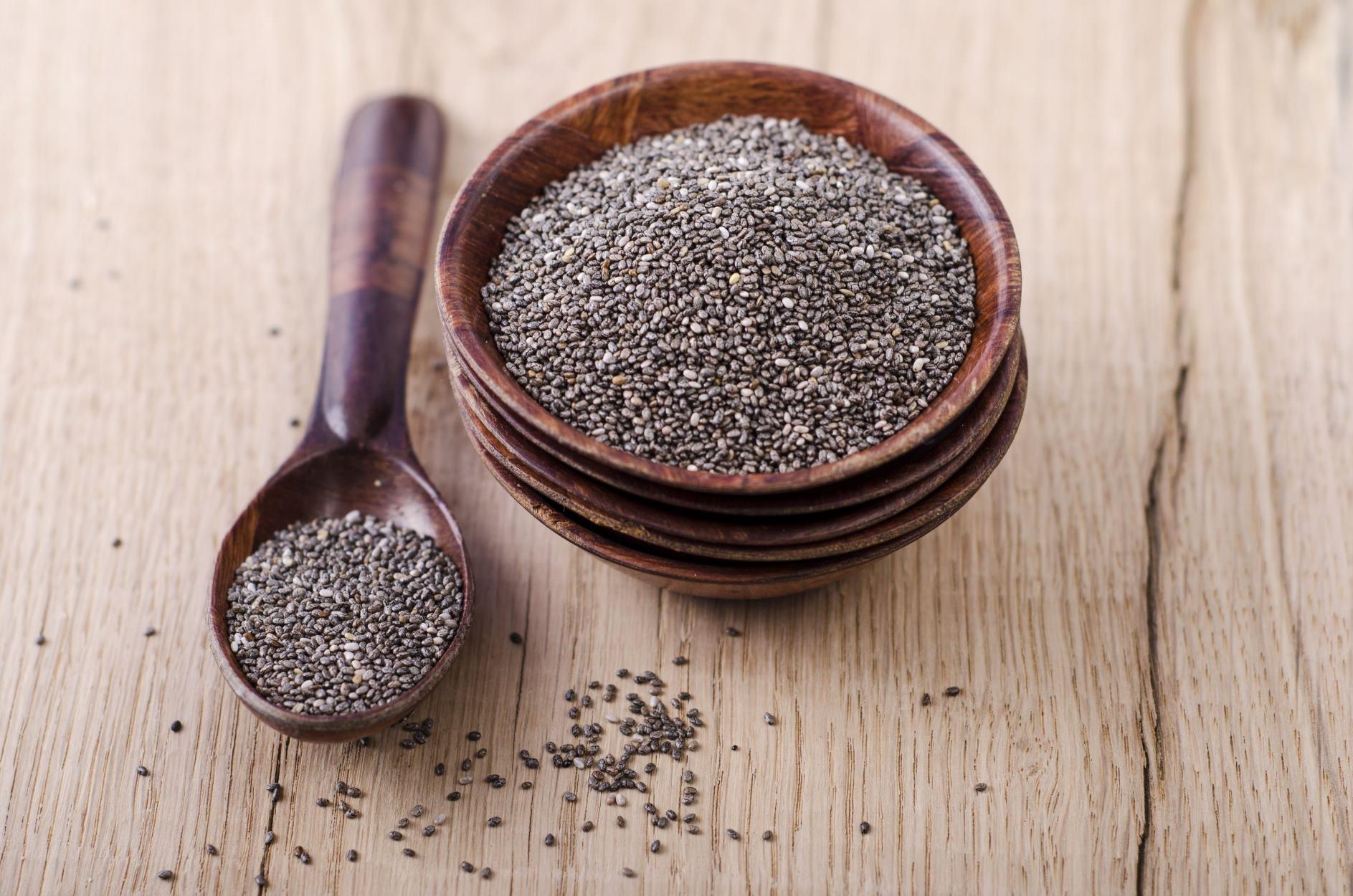
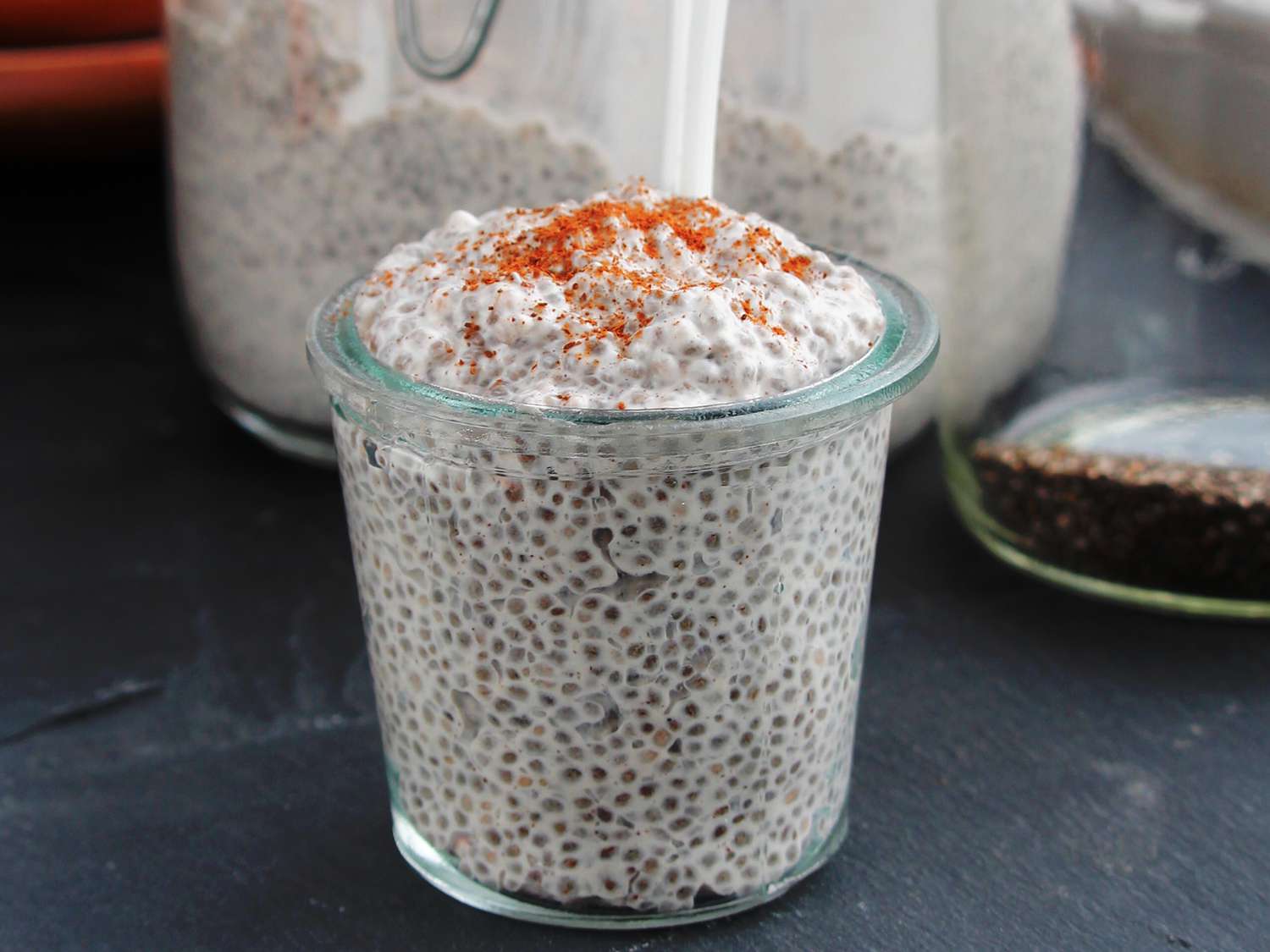
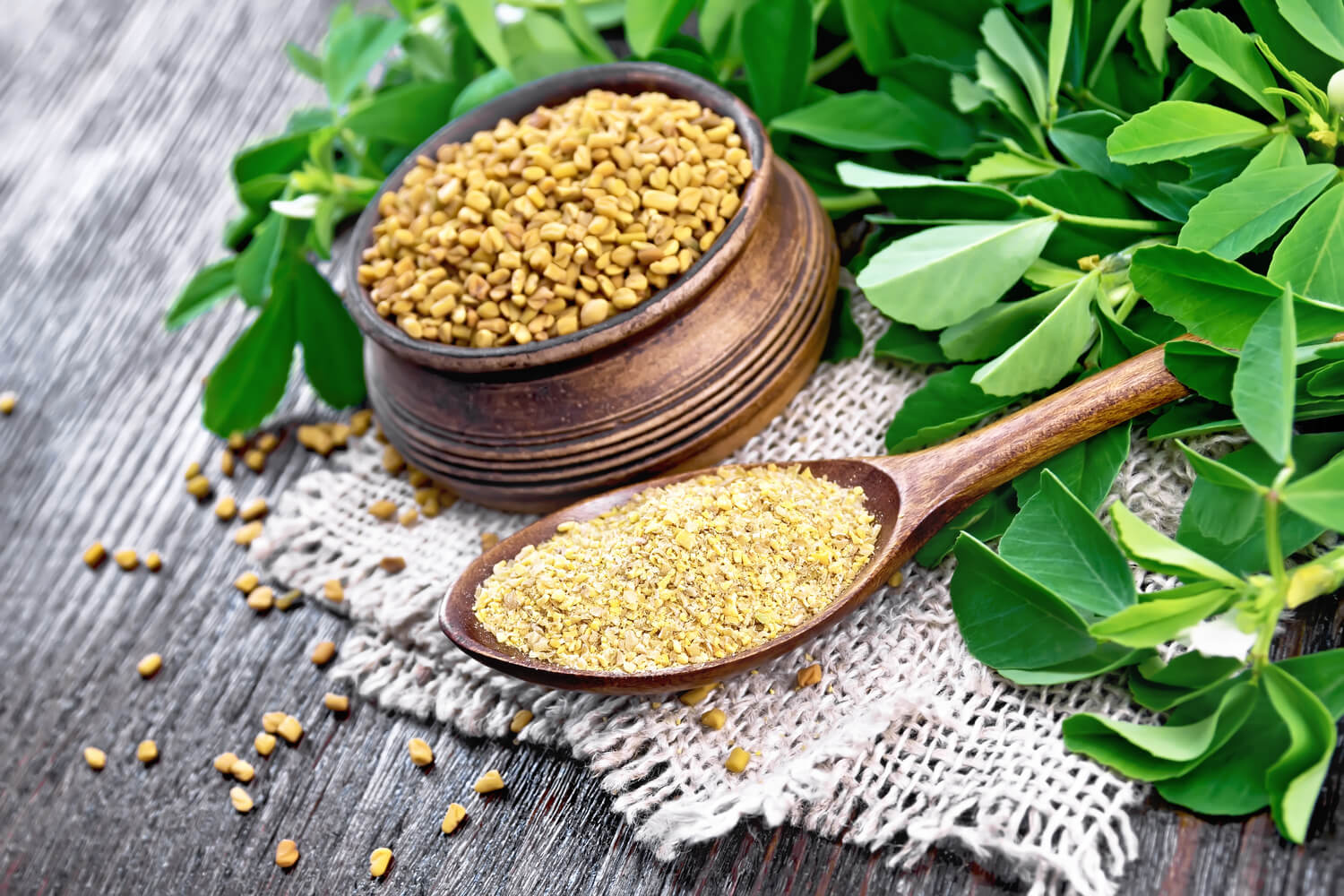
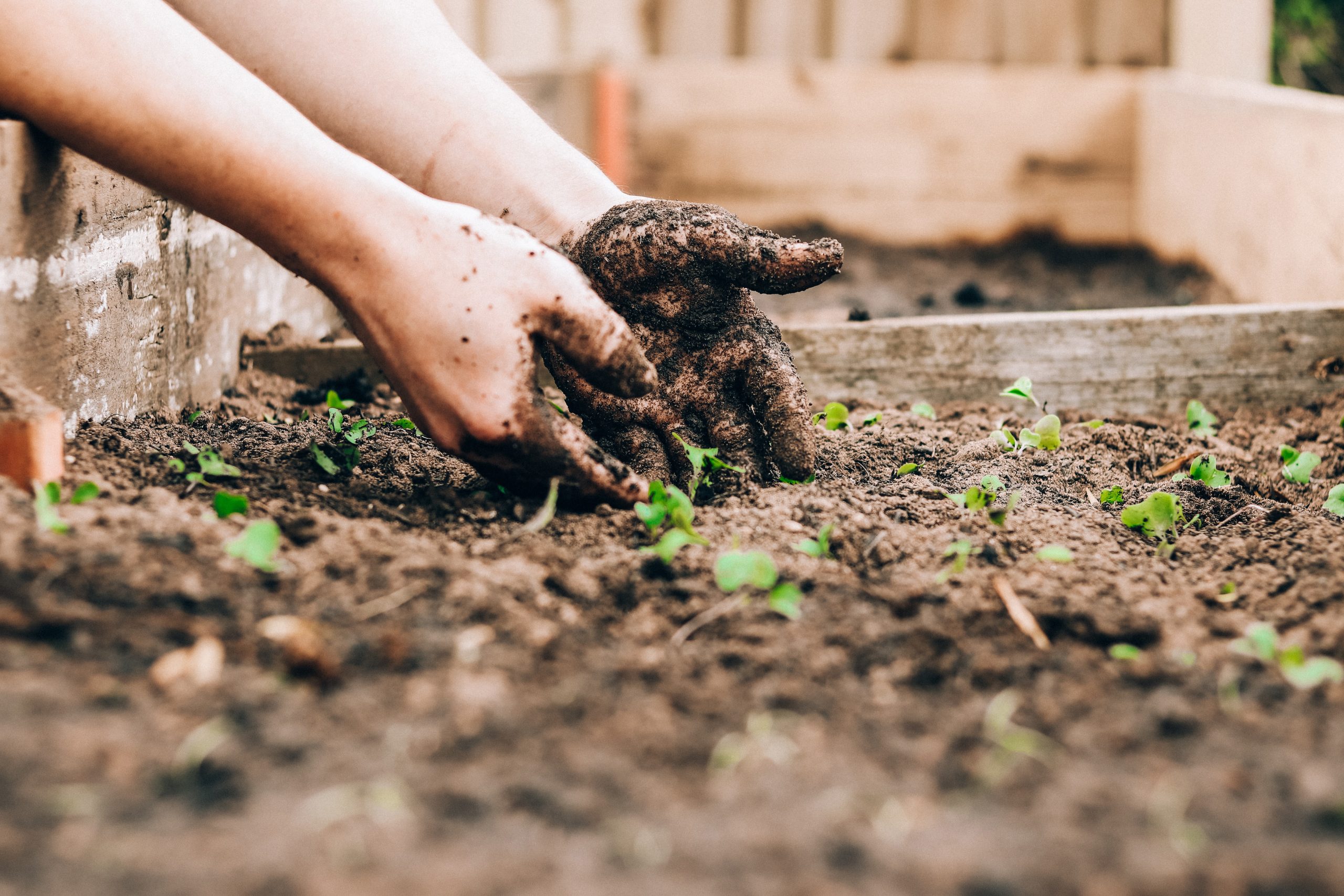
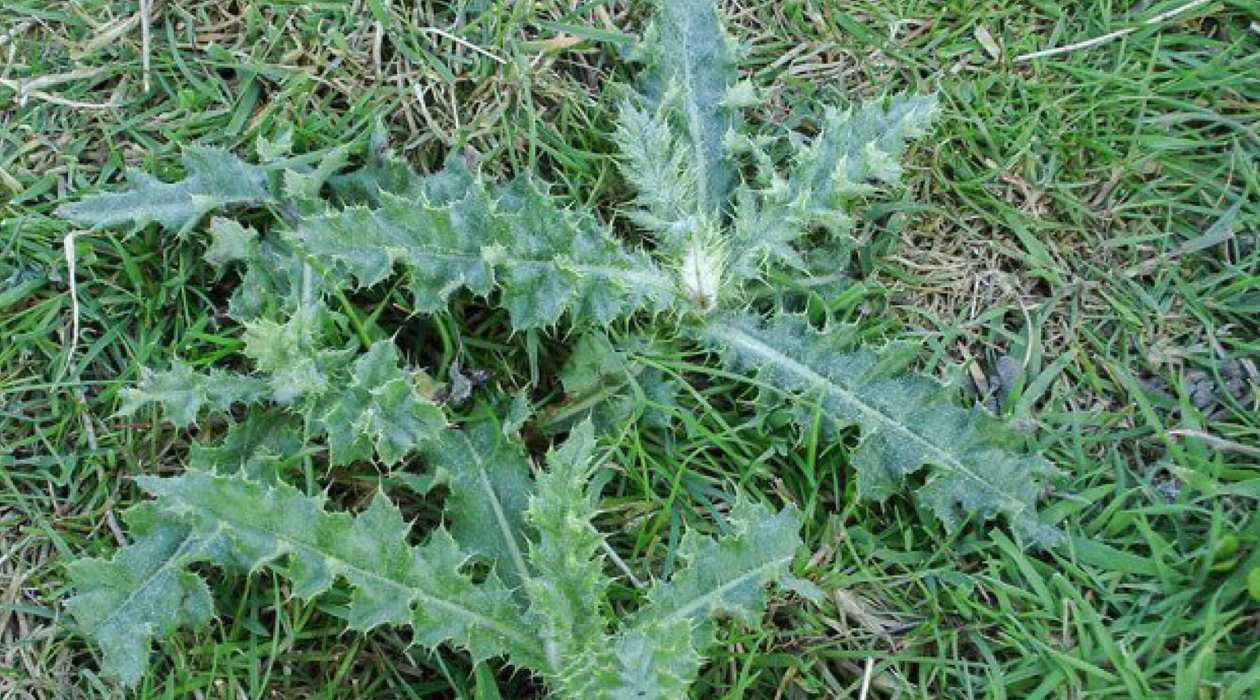
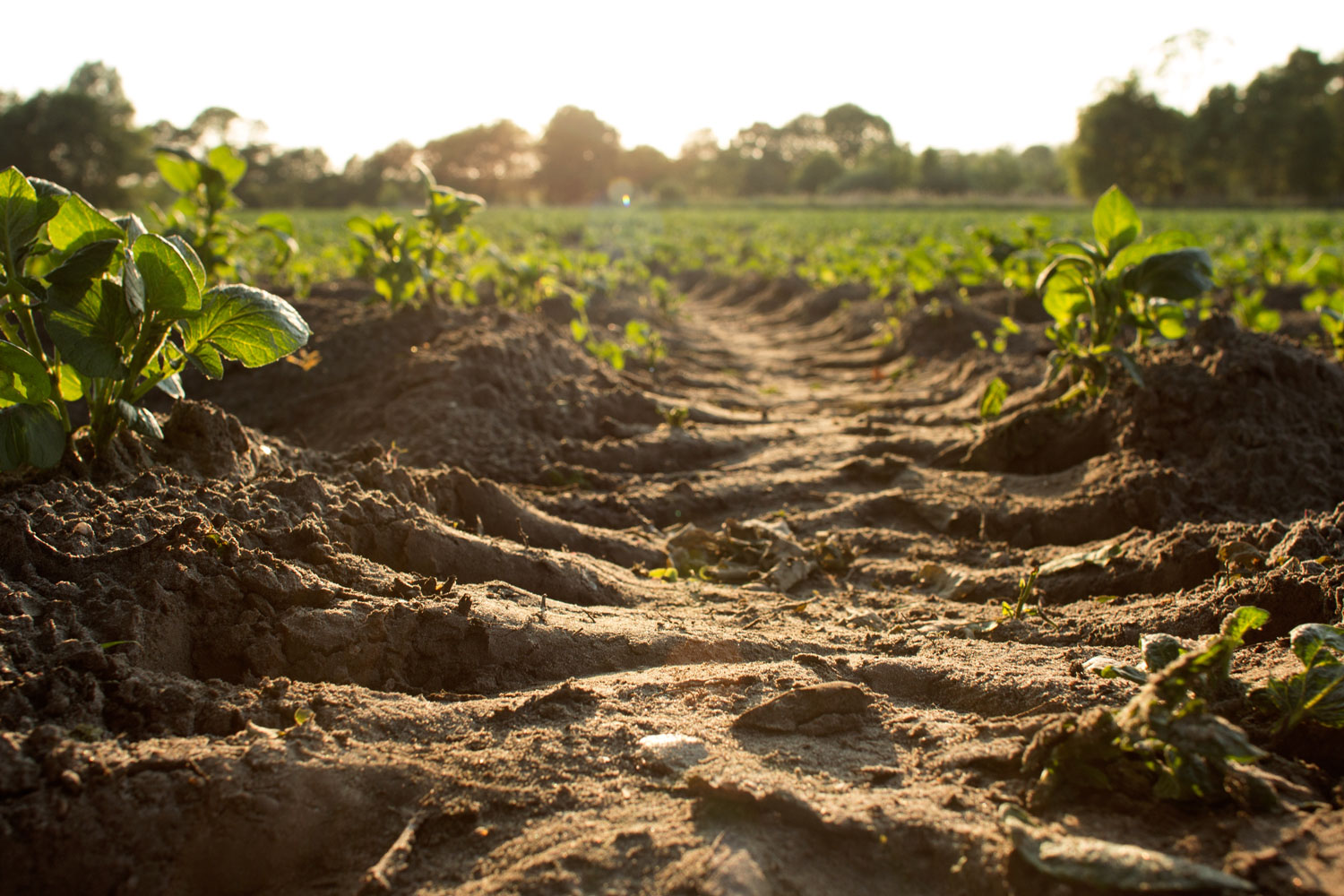

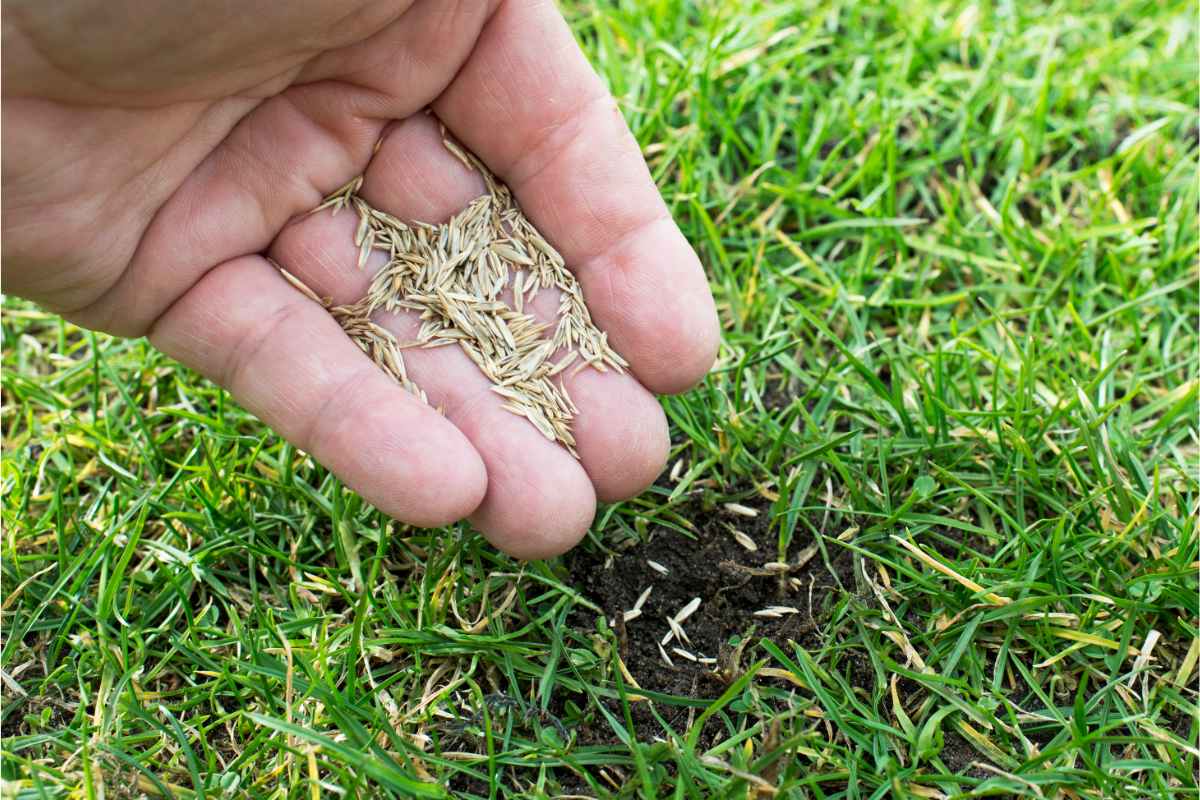


0 thoughts on “How To Prepare Milk Thistle Seeds”